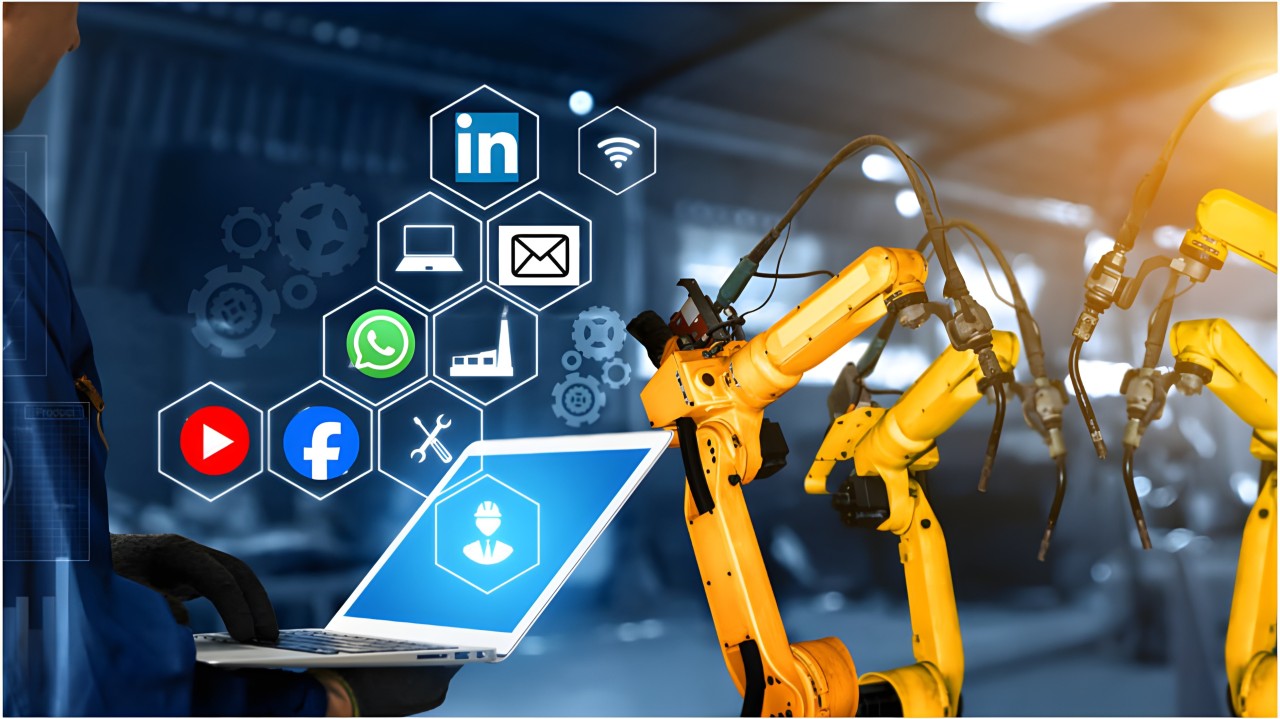No matter what industry the business is in, the core of its operations is always the customer. Artificial Intelligence (AI) To fill in the gaps, there are several options. Businesses, for example, need to know what customers will buy which products. Businesses also need to determine which applicants are the most suitable, and how to reduce business costs.
AI has been incorporated into the workflows and operations of large corporations in a variety of ways. AI is used by consumer goods companies for onboarding and hiring. Chatbots are being used by e-commerce companies to answer questions from users and sellers. Companies are learning to use AI in supply chain management.
You can get some useful ideas from actual business practices that use AI.
1. Automating Repetitive Tasks
Automation was one of the first ways AI was used to improve business operations.
Many tasks are repeated in any business environment. These are called repetitive tasks. In a data-processing company, for example, certain components of the process are repetitive. These include encoding and formatting, styling and proofreading. These are some examples of how AI can be integrated into business operations.
AI relies on existing data to train the machine or software. This allows it to make decisions by analyzing past decisions made using data. A hardware trading company, for example, can use AI to order inventory based on the items sold. This can be done by entering the previous sales, and the inventory items ordered. This can be used to train AI to make decisions.
2. Data Analysis For Product Recommendation
Advertising and marketing campaigns are another way that businesses can use artificial intelligence. You’ve probably already encountered this when browsing social media apps and other applications.
You’re prompted to think because a sudden pop-up advertisement features a product you were considering buying. You may have even discussed it with a friend in a conversation or made a comment about it.
This is what AI applications can do for advertising and marketing. Apps are able to track your usage, clicks, posts, shares, and even the content of messages.
They can use AI to predict if you are interested in purchasing a product. If you have been searching for or reading about dishwashing fluid, they will push you ads of similar products through pop-ups and running banners.
3. Recruitment
AI can be used by businesses to streamline their hiring and recruitment processes. Many of the tasks that HR departments perform in the hiring, testing, and selection processes are repetitive. AI can then interpret and perform these tasks.
Receiving, collecting, collating and sorting applications are some of the HR’s most difficult tasks. AI software can perform all of these tasks. It is only necessary to create an algorithm that will determine what to do with a resume based on its initial evaluation.
The algorithm will compare the skills and experience of the candidate with the requirements in the job description. The application will be processed if there is a match. If none are found, the candidate’s information will be compared to other job openings and they will be asked whether they would be interested.
4. Customer service chatbots
In recent years, the use of AI in search engines and applications has increased. Chatbots are becoming more popular among e-commerce websites and other companies. They can be used to provide customer service. This function was previously performed by third parties or contact centers that were outsourced. The lower labor costs of third-world countries allowed for significant savings.
Chatbots have been developed and introduced by more companies recently. They are able to save money, manage customer relationships and customer service departments at a higher level, and harness their databases more effectively.
5. Retooling your Business
You might consider adopting AI in your workflow and operations if you want to keep up with the latest developments and trends. Innovation doesn’t mean you have to create processes that don’t exist. AI is already used by most businesses to perform specific tasks.

